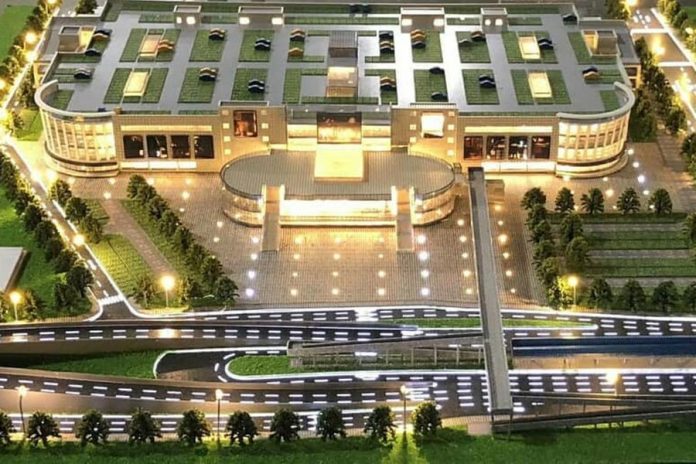Tanzania has completed construction of a new commercial and logistics centre in Ubungo, Dar es Salaam, aimed at strengthening regional trade infrastructure for East and Southern African countries that rely on the Dar es Salaam Port. The East Africa Commercial and Logistics Centre (EACLC) is intended to improve the movement of goods between Tanzania and several neighbouring economies, including Uganda, Rwanda, Burundi, Zambia, Malawi, Zimbabwe, and the Democratic Republic of Congo.
The $110 million facility, spanning over 75,000 square metres, includes more than 2,000 commercial units, as well as warehousing and logistics capacity. It is expected to improve cargo handling and reduce time and costs associated with cross-border trade.
The project was developed under the oversight of the newly established Tanzania Investment and Special Economic Zones Authority (TISEZA). Speaking at the launch on 1st August 2025, TISEZA’s Director General Gilead Teri said the centre is projected to create over 15,000 direct jobs and around 50,000 indirect jobs, with a focus on improving access to work for young people and women. Construction began in 2023 and has already supported over 2,000 temporary jobs.
According to Mr. Teri, the centre is part of a larger strategy to improve investment infrastructure and facilitate regional trade. It is also one of the first projects executed under the country’s Investment and Special Economic Zones Act No. 6, passed earlier this year.
Countries without direct access to seaports continue to face logistical bottlenecks that increase the cost of imports and exports. By improving storage, handling, and distribution facilities in Dar es Salaam, the EACLC is expected to reduce some of these constraints for regional exporters and importers.
Tanzania’s government views the centre as a way to make the country more competitive within regional transport and supply networks. For neighbouring economies, the facility provides a more structured and predictable logistics environment, particularly for time-sensitive goods and industrial inputs.
Read also: Nigeria’s Oyo State Agro-industrial zone marks step towards integrated rural development
The EACLC also contributes to ongoing efforts to operationalise the African Continental Free Trade Area (AfCFTA), which continues to face delays due to infrastructure and regulatory barriers. Efficient logistics infrastructure is considered essential for increasing trade volumes under AfCFTA, especially among land-linked countries.
However, the project’s long-term impact will depend on the governance structure around its operation, the maintenance of facilities, and coordination across borders. Effective customs integration, road and rail linkages, and transparent pricing will be critical if the centre is to deliver cost savings and reduce delays.
At this stage, no public information is available about the environmental performance of the centre, including energy use or plans for emissions management. Given the rising attention to sustainability in infrastructure planning, future phases of development would benefit from addressing environmental design and transport-related emissions, especially as freight volumes grow.
The EACLC reflects a practical investment in regional trade logistics. Its performance over the next 12 to 24 months will provide clearer insight into how infrastructure investments can support cross-border commerce, reduce trade inefficiencies, and influence industrial location choices across East and Southern Africa.






